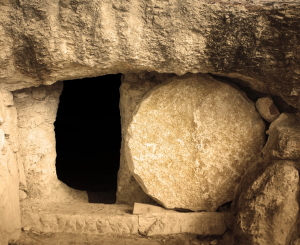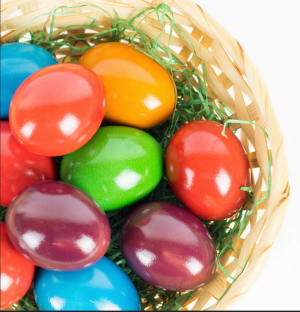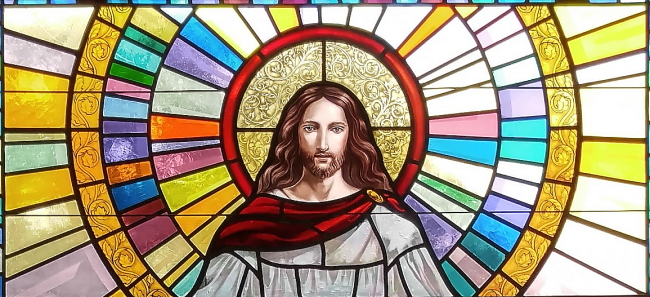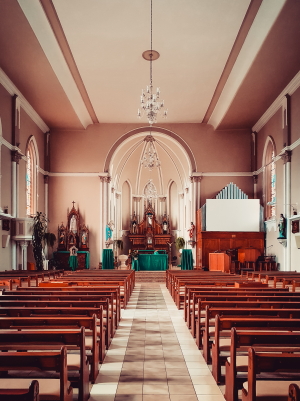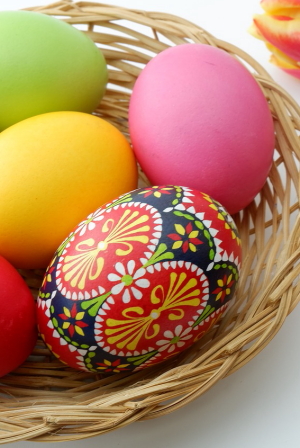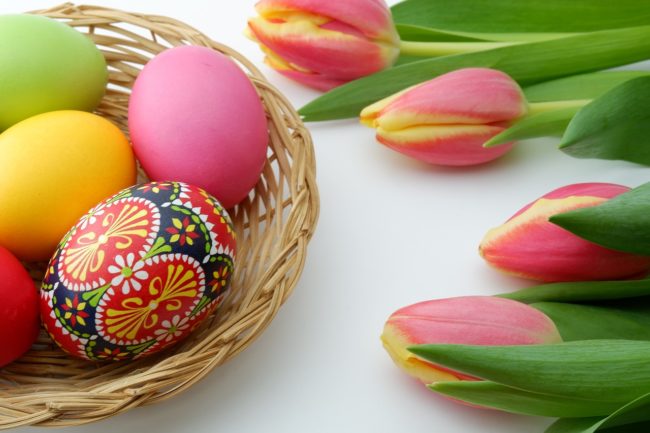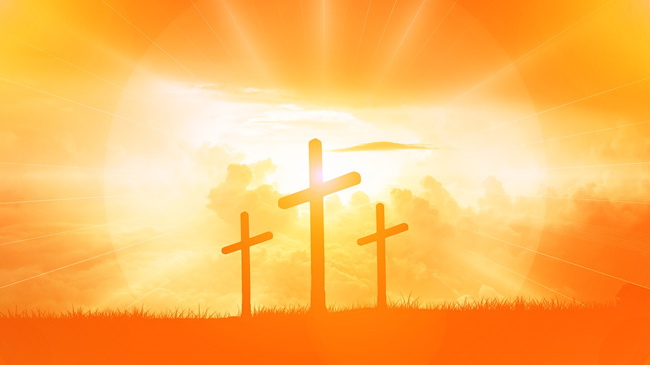SUNDAY, APRIL 17 and SUNDAY, APRIL 24: Raise the lights, ring the church bells and joyously sing “Alleluia”—it’s Easter! (For Eastern Orthodox Christians, who will celebrate this event on April 24 this year, the holiday is known as Pascha.) Christians the world over shout in exultation on Easter Sunday, as the faithful celebrate the resurrection of Jesus Christ.
Western Christians across the globe revel in the Resurrection of Jesus today, rejoicing in the promise of new life. Following the solemn 40-day reflections of Lent and the Easter Triduum—Maundy Thursday, Good Friday and Holy Saturday—Christians awaken to a new day. Donning their finest clothing in pastel hues, more than 1 billion men, women and children head to church for the festive Easter service, which often showcases shining brass instruments and rows of blossoming Easter lilies.
Did you know? The week beginning on Easter Sunday is known as Easter Week, or the Octave of Easter.
The New Testament tells Christians that the Resurrection of Christ is the core of their faith, and on this grand day, crowds flow into and out of churches, bells are rung in praise and adherents joyously profess their faith.
A TOMB AND A HOLY MESSENGER
Gospel accounts say that early on the Sunday morning following Jesus’ crucifixion, Mary Magdalene (and, though accounts vary, other women as well) traveled to the tomb of Jesus to anoint his body. Upon reaching the tomb, an earthquake shook the ground; the stone was moved from the tomb, and a holy messenger announced that Jesus had risen from the dead. Though no specific moment of Resurrection is recorded, Mary Magdalene’s encounter has, since the 2nd century, been celebrated as Easter. The Resurrection is described as having occurred c. 30 CE.
For Christians today, meals most often involve white-and-gold settings, fresh lilies on the table and, in many homes, a sacred Paschal Candle. A traditional Easter menu also would typically feature lamb—a symbol of Christ, the Paschal Lamb. However, Easter hams now far outpace cuts of lamb.
In France and Belgium, the bells that “went to Rome on Maundy Thursday” return home for the evening Easter Vigil, only to bring Easter eggs to boys and girls—or so, the story has it.
In most countries with a substantial Christian population, Easter is a public holiday.
SECULAR EASTER: CANDIES & EGGS
Easter in America may be characterized as much by the Easter Bunny and pastel-hued candies as it is by Christian joy in Christ’s Resurrection. Egg hunts, treat-filled baskets and festive brunches mark Easter for many American families.
EGGS: The springtime egg has symbolized the season’s new life since before the life of Jesus, drawing back to ancient civilizations. Nonetheless, the egg holds a place of prominence in many secular Easter traditions. Children around the globe search for hidden eggs, and decorating eggs can range from simple to elaborate—as much as the artist allows. International chocolatiers mold sweet concoctions in the shape of delicate eggs, with the most exquisite replications selling for hundreds of dollars.
RECIPES & RESOURCES
Looking for a great recipe or ideas to spruce up your Easter table?
Find delicious recipes, from appetizers to brunch to dessert, at Food Network and AllRecipes.
Give eggs extra style, or try an Easter craft, with ideas from HGTV and Martha Stewart.
Kid-friendly Easter coloring pages, cards, games and more are at the UK’s Activity Village.
EASTER MONDAY NEWS: In the United States, the day following Easter Sunday—known as Easter Monday—has been host to the White House’s traditional Easter Egg Roll for more than 140 years; however, due to the pandemic, the event was cancelled in 2020 and 2021. According to reports, President Biden’s administration will bring back the tradition once again, on Easter Monday in 2022. (Fox News has the story.)

